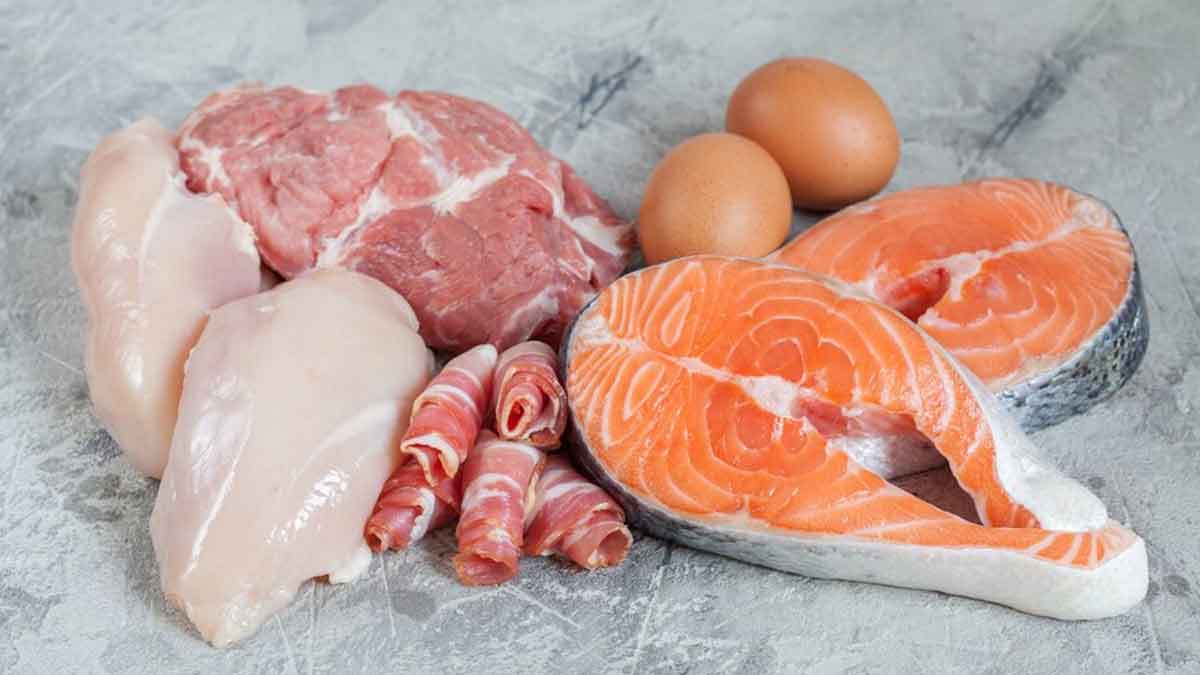
When it comes to building and maintaining muscle, supporting overall health, and optimising athletic performance, protein plays a crucial role. However, not all protein sources are created equal. Here are the differences between lean protein and protein, and how you can make informed dietary choices to meet your nutritional needs.
Table of Content:-
What is Protein?
The National Human Genome Research Institute defined protein as an essential macronutrient made up of amino acids, often referred to as the building blocks of life. It plays a fundamental role in various bodily functions, including muscle repair and growth, immune function, hormone production, and enzyme activity. Protein can be found in a wide range of foods, both animal-based and plant-based.

What Is Lean Protein?
Michigan State University defines lean protein as protein sources that are low in fat and calories while providing a high concentration of protein per serving. These sources are often praised for their ability to support muscle-building and weight-management goals. Examples of lean protein sources include:
- Skinless poultry: Such as chicken or turkey breast
- Lean cuts of beef or pork: Such as sirloin or tenderloin
- Fish and seafood: Such as salmon, tuna, or shrimp
- Low-fat dairy products: Such as Greek yoghurt or cottage cheese
- Plant-based sources: Such as tofu, tempeh, legumes, and quinoa
Incorporating lean protein into your diet offers several benefits, including:
- Muscle Building: Lean protein provides the amino acids necessary for muscle repair and growth, making it essential for individuals looking to build or maintain muscle mass.
- Weight Management: Lean protein can help promote satiety and reduce overall calorie intake, making it a valuable component of weight management and weight loss diets.
- Nutrient Density: Lean protein sources often contain additional nutrients such as vitamins, minerals, and antioxidants, contributing to overall health and well-being.
- Heart Health: Choosing lean protein options can help reduce the intake of saturated fat and cholesterol, which may support heart health and reduce the risk of cardiovascular disease.
Also Read: Lean Protein: Why We Need It & 5 Best Sources
Protein Beyond Lean Sources
While lean protein sources offer many benefits, it's essential to recognise that protein can also be found in foods that may contain higher amounts of fat and calories. These include:
- Fatty cuts of meat: Such as ribeye steak or pork belly
- Full-fat dairy products: Such as whole milk or cheese
- Processed meats: Such as bacon, sausage, or deli meats
- Plant-based sources with higher fat content: Such as nuts, seeds, and avocados
When incorporating protein into your diet, aim for a balance between lean protein sources and other protein-rich foods. This ensures that you're getting a variety of nutrients while also considering your individual dietary preferences and health goals.
Also Read: What Are Lean Proteins? How It Can Help To Shed Kilos

Protein is a vital nutrient that plays a foundational role in supporting overall health and well-being. Whether you're focused on muscle building, weight management, or simply maintaining a balanced diet, incorporating both lean protein sources and other protein-rich foods into your meals can help you meet your nutritional needs and optimise your health. By understanding the differences between lean protein and protein and making informed dietary choices, you can fuel your body effectively and thrive in your wellness journey.
Also watch this video
Read Next
Converting To A Plant-Based Diet? Here Are Health Considerations And Tips For Easy Transition
How we keep this article up to date:
We work with experts and keep a close eye on the latest in health and wellness. Whenever there is a new research or helpful information, we update our articles with accurate and useful advice.
Current Version